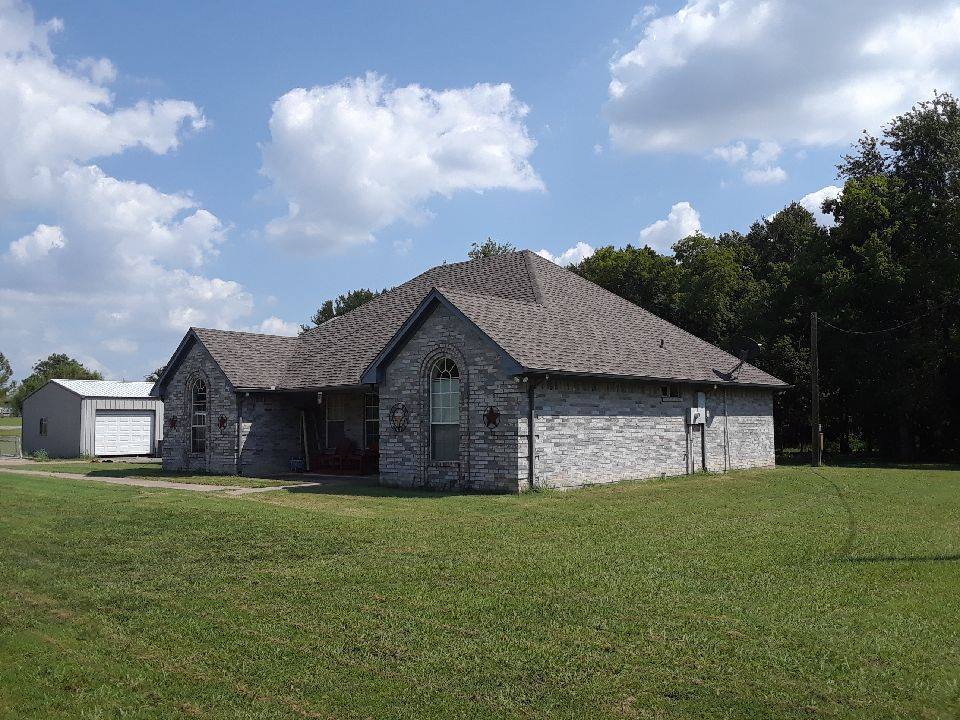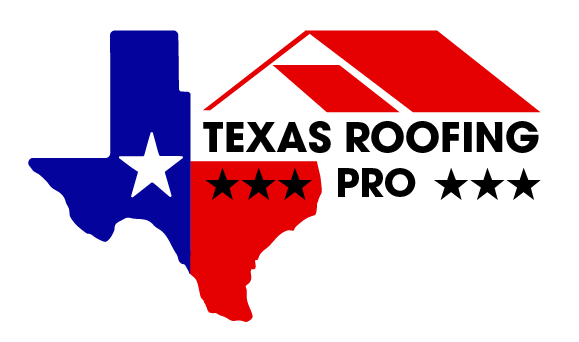Warning Signs Your Texas Roof Needs Repair: Don’t Ignore These Red Flags
Critical Roof Damage Indicators Every Texas Homeowner Must Know Before It’s Too Late
When it comes to protecting your Texas home from the Lone Star State’s notoriously unpredictable weather, your roof is your first and most important line of defense. At Texas Roofing Pro, we’ve spent over 15 years helping Texas homeowners recognize early warning signs of roof damage before small problems become major disasters.
Texas weather doesn’t give homeowners much mercy. From scorching summers that can warp and crack roofing materials to sudden hailstorms with softball-sized stones, the elements constantly test your roof’s integrity. Central Texas is known for its unpredictable weather situations, which is bad news for homeowners as roofs are battered year-round by storms, hail, and harsh winds. That’s why recognizing warning signs of roof damage isn’t just recommended—it’s essential for every Texas homeowner.

Why Early Detection Matters for Texas Roofs
Roof damage rarely announces itself with dramatic crashes or obvious leaks. Most serious roofing problems start as minor issues that gradually worsen over time. In Texas’s extreme climate, what begins as a small crack or loose shingle can quickly escalate into major water damage during the next severe weather event.
The cost difference between early intervention and emergency repairs is dramatic. Professional roof inspections are relatively affordable, while emergency roof repairs can cost thousands of dollars depending on the extent of damage. More importantly, Texas homeowners insurance typically covers damages caused by windstorms, hailstorms, fires, and lightning strikes—but only when damage is properly documented and reported promptly.
Exterior Warning Signs That Demand Immediate Attention
Missing, Damaged, or Curling Shingles
Take a step back and really look at your roof. Do you see shingles that are curling, cracking, or even missing? These are some of the clearest signs that your roof is reaching the end of its life. When shingles start to curl or buckle, it means they’ve been exposed to too much heat or moisture over time—common in Texas’s intense climate.
You might also notice granules in your gutters or around downspouts. Asphalt shingles are coated in these tiny granules to protect against UV rays and weather damage. If they’re coming off in large amounts, your shingles are breaking down and losing their protective capabilities.
Storm Damage Indicators
Texas weather can be brutal, and your roof often takes the brunt of it. After strong storms—especially those with hail or high winds—check for damage even if everything looks fine from the ground. Hail damage can be sneaky, appearing as small, dark spots or dents on shingles where granules have been knocked off.
High winds can get underneath roof shingles and partially lift them off, creating “shingle flaps” that may not be visible from the ground. Look for creases or cracks in shingles, which are clear indications of wind damage requiring professional inspection.
Interior Warning Signs You Shouldn’t Ignore
Water Stains and Leak Evidence
Sometimes, the first signs that your roof is in trouble show up inside your home. Water stains on ceilings or walls, especially after heavy rain, are strong indicators that water is getting through your roof. Even minor leaks can lead to mold growth and structural damage if left untreated.
Check your attic if you have access. If it smells musty, feels damp, or has visible mold or mildew, your roof may be leaking without you realizing it. Look for water stains, mold, or rot on insulation, rafters, and roof decking.
Unexplained Energy Bill Increases
An unexplained increase in your energy bills might indicate inadequate roof ventilation or insulation. A compromised roof allows heat to escape during cooler months and infiltrate during hotter months, forcing your HVAC system to work harder. In Texas, where air conditioning costs can be substantial, this warning sign can save you significant money when addressed promptly.
Attic and Structural Red Flags
Your attic often reveals problems not visible from the roof’s surface. Look for daylight coming through roof boards—if you can see light, water and pests can get in too. A sagging roof deck is a serious warning sign requiring immediate attention, as this could indicate structural damage.
Professional attic inspections are a wise investment and can catch issues like wood rot, water damage, and poor ventilation that aren’t visible from the exterior. These comprehensive evaluations help identify problems before they become expensive emergencies.
When Professional Inspection Is Essential
While homeowners can perform basic visual checks from the ground, certain situations require professional expertise. If your roof is approaching its expected lifespan (typically 20-25 years for most materials), if you’ve experienced recent severe weather, or if you notice multiple warning signs, schedule a professional inspection immediately.
Not all damage is visible to the untrained eye. Professional roofers can spot issues like bruised shingles, punctured membranes, lifted flashing, and hidden leaks that homeowners typically miss. They also understand Texas building codes and can identify issues affecting insurance claims.
Taking Action When You Spot Warning Signs
If you’ve identified any of these warning signs, document everything with photos and contact a reputable roofing contractor immediately. In Texas, where severe weather can strike without warning, delaying repairs can turn minor issues into major disasters.
Don’t Wait for a Leak to Become a Flood! If you’ve spotted any of these warning signs, contact Texas Roofing Pro today for a comprehensive roof inspection. Our experienced team will identify potential problems before they become costly disasters and help you protect your home and family. Call us now for your free consultation and peace of mind!

